
Brachycephalic Airway Syndrome is the medical term given to various upper airway problems found in short-nosed, flat-faced cats breeds. A brachycephalic (having a short, broad head) breed may experience partial obstruction of the upper airway due to physical characteristics such as narrowed nostrils, an overly long soft palate, or collapse of the voice box (larynx). Breathing difficulties may also occur because of an abnormally small trachea, another characteristic common to brachycephalic breeds. Himalayans, Exotic Shorthairs, and Persians are classified as brachycephalic.
Symptoms of an obstructed upper airway may include snoring, tachypnea, noisy breathing when inhaling, frequent panting, difficulty eating or swallowing, coughing and gagging, inability to perform physical activity, especially in warm, humid weather, and occasionally physical collapse. A physical examination may reveal further indications, such as stenotic nares, hyperthermia, and increased respiratory effort evident by open-mouth breathing and panting.
Brachycephalic airway syndrome stems from a cat’s unique head shape, which is inherited naturally at birth. Cats with this condition are bred for their broad faced, short-nosed appearance, but in some cases, the features can be extreme, or stunted. Most cats that are affected adversely are diagnosed as young adults, generally by age three. The most commonly reported cause for the syndrome in cats is a defect of the nasal passages, referred to as stenotic nares, or narrowed nasal passages. Other physical defects that can compound the condition are an elongated soft palate, and enlarged tonsils.
Factors that may increase the risk and further complicate the condition include obesity, allergies, over-excitement, and exercise. Any of these may cause rapid breathing that the obstructed airway can not manage. These problems worsen in warm, humid weather, which also leads to excessive panting.
If brachycephalic airway syndrome is suspected, two primary diagnostic tests that will be used are a laryngoscopy (or pharyngoscopy), and a tracheoscopy, in which a small fiber-optic scope is inserted through the mouth to examine the larynx/pharynx and trachea. This can reveal characteristics such as an overlong palate, or a collapsed trachea (commonly known as the wind pipe) or larynx.
Other possible findings include the presence of a foreign object that is obstructing the airway, an infection in the upper respiratory system, or an allergic reaction that has caused the airway to swell.
Treatment is not necessary unless your cat is exhibiting clinical signs. Risk factors, such as warm humid weather and common allergens, should be avoided. Exact treatments are dependent upon what sort of symptoms are present, and how severe these symptoms are. Breathing assistance and oxygen supplementation may be necessary, and if the airway is obstructed it must be opened. This can be done by passing a tube through the mouth and windpipe (known as an endotracheal tube), or via a surgical incision into the windpipe (known as a tracheostomy). There are also surgical procedures that can be performed in order to prevent airway problems in brachycephalic breeds, such as widening narrowed nostrils, shortening an elongated palate, and tonsillectomy. Your veterinarian will go over additional procedures that might benefit your cat, if applicable
If your cat does have any surgical procedures performed, you will need to carefully monitor its progress. Frequent checks on your cat's breathing rate and effort, heart rate, pulse, and temperature, among other characteristics, will need to be done, and tracked, so that any changes worth noting can be reported back to your veterinarian.
Corrective surgical procedures, such as shortening an overlong palate, or correcting narrow nostrils, can help prevent respiratory problems in brachycephalic breeds. You will need to avoid risk factors as much as practically possible, such as warm humid weather and obesity, which can worsen inherent respiratory problems.
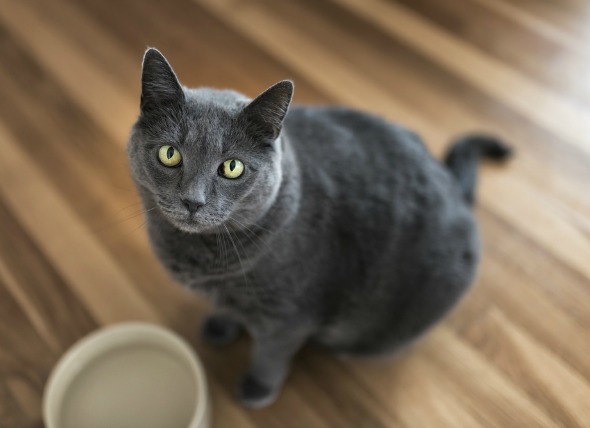 Cushing's Disease in Cats
Hyperadrenocorticism in Cats
Cushing’s synd
Cushing's Disease in Cats
Hyperadrenocorticism in Cats
Cushing’s synd
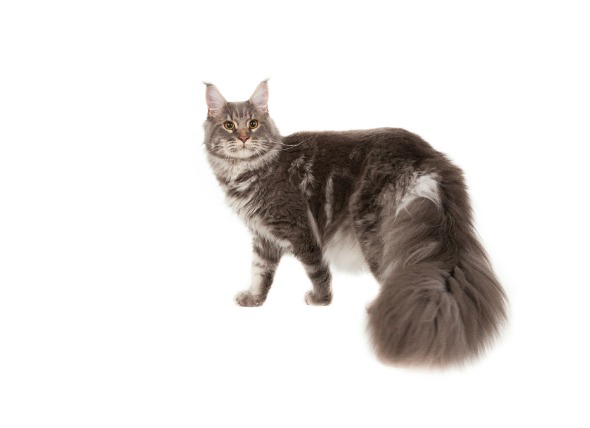 Hip Dysplasia in Cats
Malformation and Degeneration of the Hip Joints in Cats
Hip Dysplasia in Cats
Malformation and Degeneration of the Hip Joints in Cats
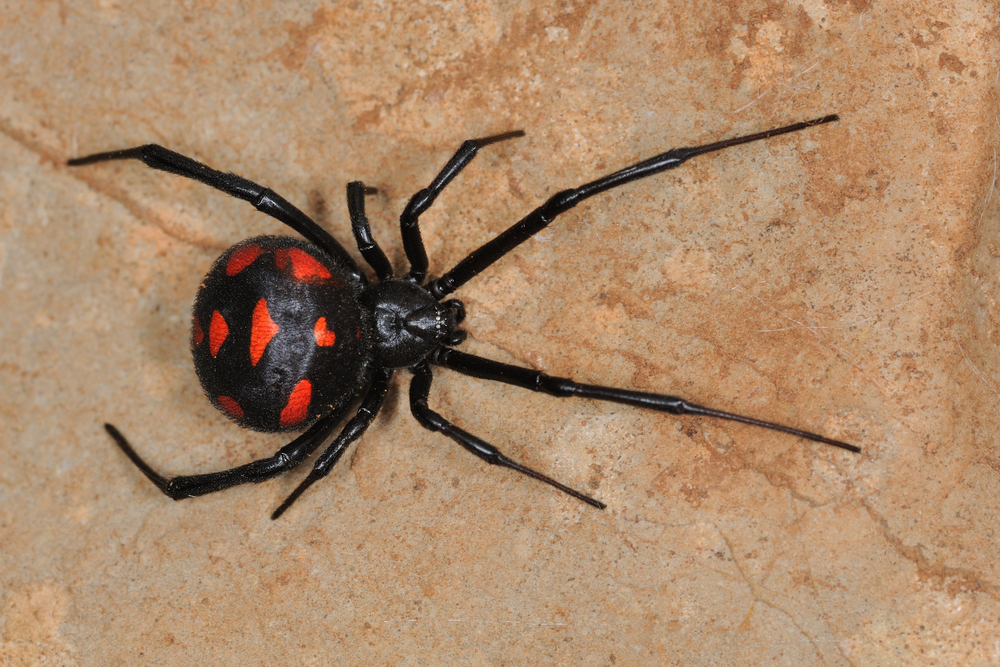 Black Widow Spider Bite Poisoning in Cats
Black Widow Spider Venom Toxicosis in Cats
The bl
Black Widow Spider Bite Poisoning in Cats
Black Widow Spider Venom Toxicosis in Cats
The bl
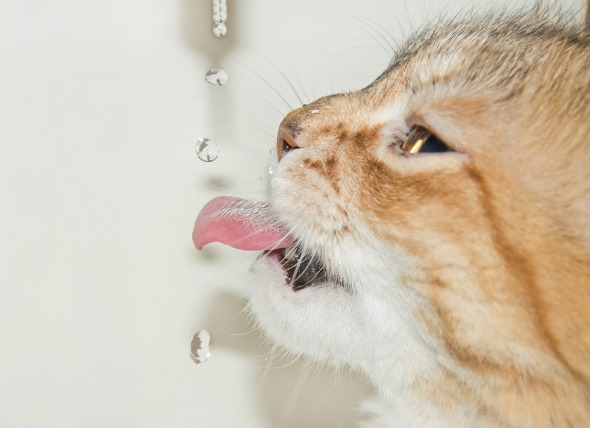 Diabetes with Ketone Bodies in Cats
Diabetes Mellitus with Ketoacidosis in Cats
The t
Diabetes with Ketone Bodies in Cats
Diabetes Mellitus with Ketoacidosis in Cats
The t
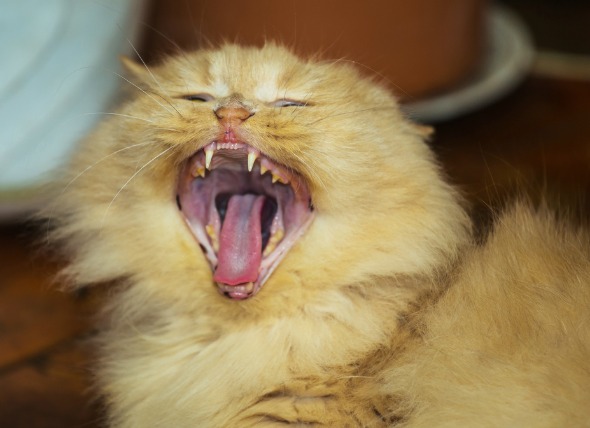 Teeth Misalignment in Cats
Malocclusion of Teeth in Cats
Normally, a kitten
Teeth Misalignment in Cats
Malocclusion of Teeth in Cats
Normally, a kitten
Copyright © 2005-2016 Pet Information All Rights Reserved
Contact us: www162date@outlook.com